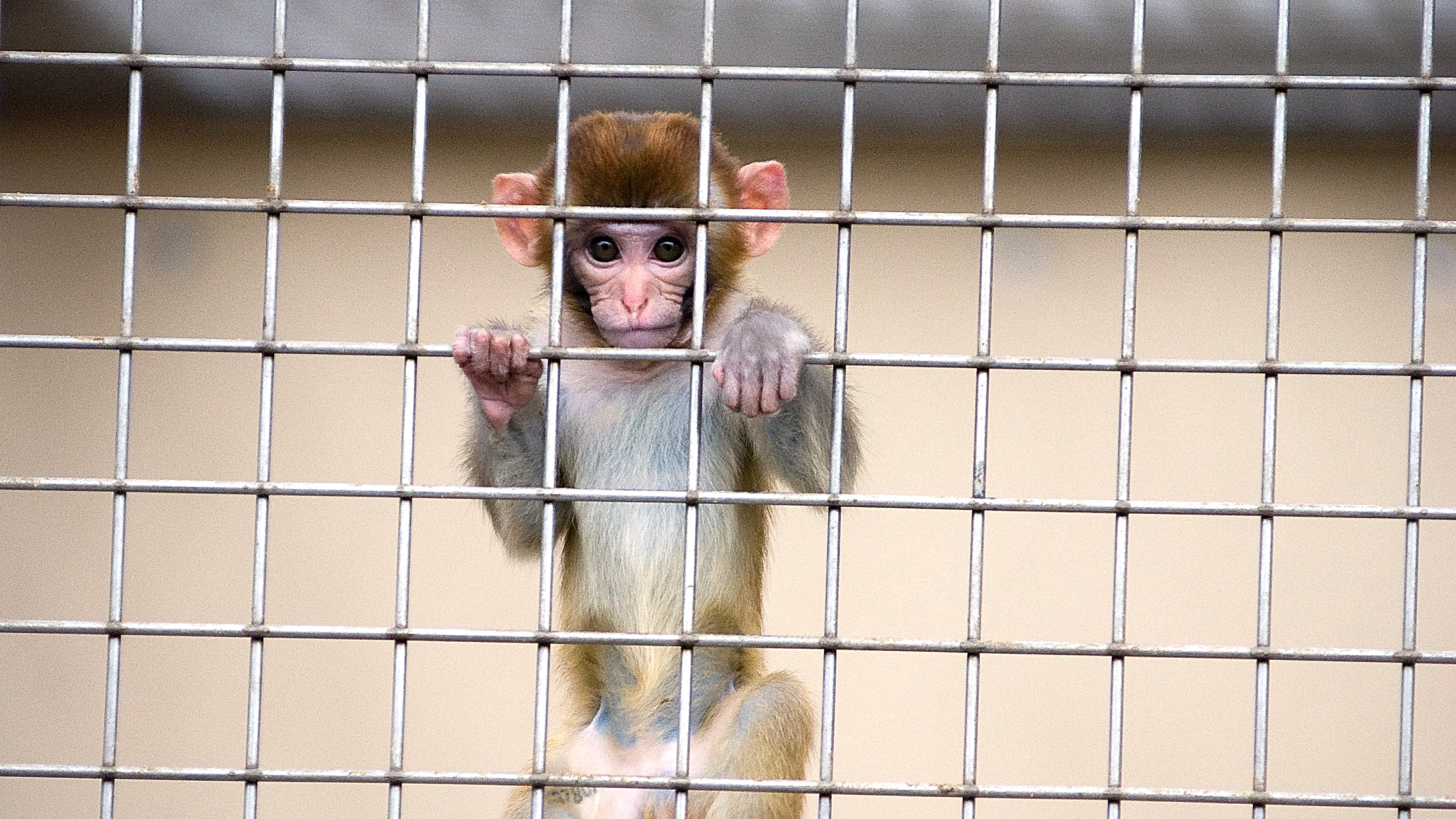Peter Barr-Gillespie, chief research officer at Oregon Health & Science University, held an emergency meeting with staff today to brief them on pressure leaders are getting from Gov. Tina Kotek to close the Oregon National Primate Research Center, according to a person who attended.
Kotek is getting email from constituents who want the state to block OHSU’s acquisition of Legacy Health unless it closes the center, Barr-Gillespie told the group at OHSU’s West Campus in Beaverton, where the primate center is located, according to the person.
Kotek has “limited authority” to influence the merger, Barr-Gillespie said, but she believes that OHSU should “complete its current research obligations” and shutter the primate center, “in a humane and responsible manner,” just as Harvard University did in 2013.
Asked about the matter, her office confirmed Kotek’s concerns.
“While the governor has very limited authority under Oregon law to weigh in on the proposed merger, she does believe that OHSU should figure out how to close its primate research center, just like Harvard University did 10 years ago,” spokeswoman Elisabeth Shepard said in an email. “The governor has directly advocated for OHSU leadership to complete their current research obligations and move towards shutting the center down in a humane and responsible manner.”
The pressure from Kotek comes just two weeks after a medical ethics group called the Physicians Committee for Responsible Medicine began running ads on television and radio describing abuses at the center.
In its 30-second TV spot, the group describes infants being taken from their mothers for “fear experiments” and monkeys being scalded to death by a cleaning system. Video shows monkeys pacing in small cages.
Neal Barnard, president of the Physicians Committee, says the pressure is justified. “This topic has clearly touched a nerve, and we can see why: At exactly the time that OHSU is having huge patient care problems, has just cut 500 jobs, and has looming research-funding cuts, the possibility of freeing up the quarter-billion dollars of assets that are tied up in a scandal-ridden monkey-breeding facility would be a gift to Oregon, and thousands of people have already petitioned for closure.”
Closing the center would deal a blow to OHSU’s research funding, already imperiled by the Trump administration, which has tried to slash grants from the National Institutes of Health. A federal judge in Massachusetts halted the cuts with a preliminary injunction March 5. The primate center brought in $56 million from the NIH last fiscal year.
OHSU didn’t immediately return emails seeking comment.
Kotek’s pressure is “not a directive,” Barr-Gillespie told the group, according to the person who attended. She “probably” doesn’t have that authority, he said, but she has a lot of of “sway” and “leverage” in a number of different ways, so OHSU must take her seriously.
A state agency until 1995, OHSU is a “public corporation,” a hybrid between a public entity and private company, that gets some of its funding from the state. The governor appoints directors to its board and the Oregon state Senate confirms them.
Barr-Gillespie said that about 600 people work at the primate center, according to the person at the meeting. Older stories from other outlets put the number at 380. Many are members of unions that represent workers across OHSU. Organized labor has backed Kotek in her campaigns for the Oregon House of Representatives and the governor’s mansion.
Joe Baessler, executive director of Oregon AFSCME, said closing the primate center would be an unforced error.
“Closing ONPRC would undermine advanced research into Parkinson’s and cancer research nationwide,” he said in a statement provided to WW. “The research conducted at the ONPRC is part of what makes OHSU one of the top research institutions, and is utilized by tens of thousands of researchers worldwide. The treatments that put my stage 4 cancer into remission last year exist because of the research done at ONPRC. This work saves lives.”
The primate center houses about 5,000 animals. Barr-Gillespie said it wouldn’t be “easy” to find homes for them.
Earlier this month, Michael Metzler, a doctor from The Dalles who is part of the Physicians Committee for Responsible Medicine, said the primate center is an outdated waste of money because the research that’s being done on primates can be performed in other ways.
In response, an OHSU spokeswoman said the primate center was crucial to advancing science. Studies on animals at OHSU and elsewhere have led to vaccines for COVID-19, polio, smallpox, mumps and measles, she said, and to new treatments for infertility, heart disease and diabetes.
“Knowledge gained through biomedical research in relevant animal models is essential to developing new ways to identify, prevent, treat or eradicate debilitating diseases and to improve human and animal health,” the spokeswoman said March 12.
